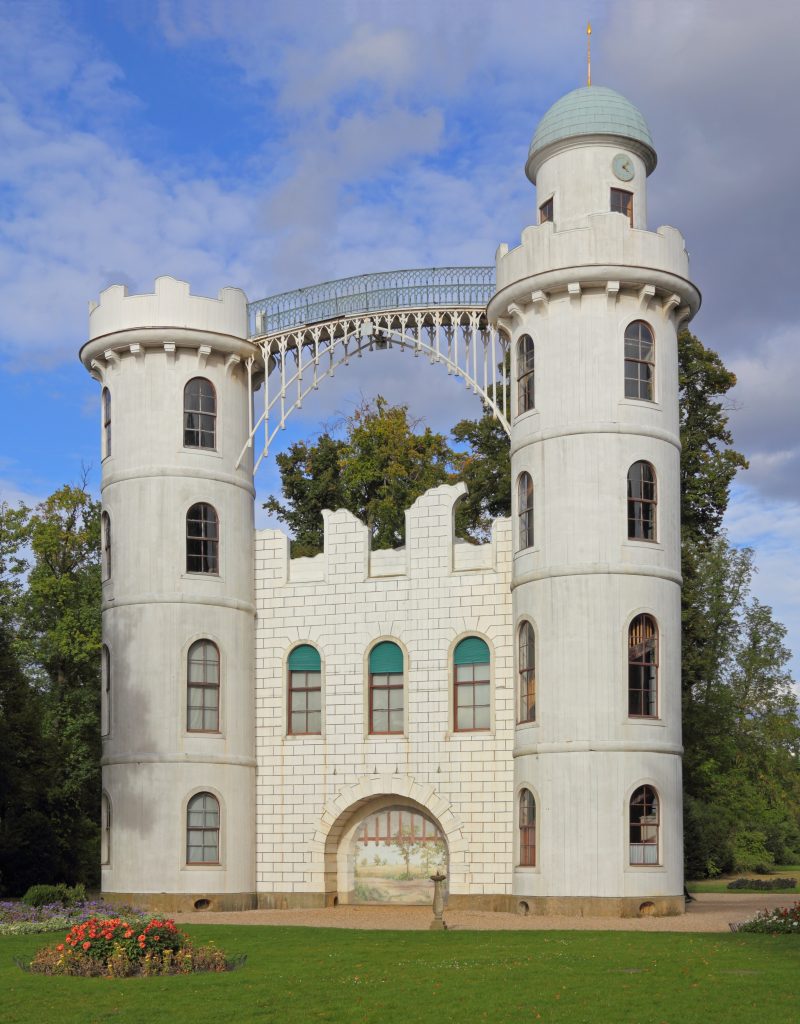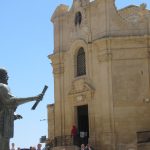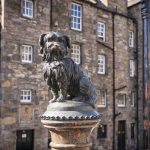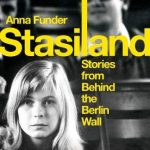If you ever fancy a day out of the city, do what Berliners do and visit one of the nearby lakes. This post focuses on Lake Wannsee, a favourite lakeside bathing spot just a short train ride from the city centre, plus lots of tips on what to visit when you get there: royal castles, an exotic island, art and history, including the Bridge of Spies, as featured in the Spielberg film.
The Wannsee

Less than 15 minutes from central Berlin on the S7 line, Lake Wannsee is a favourite spot for walkers and swimmers. Here you can use the lido (book in advance!), rent a Strandkorb – one of those ‘basket chairs’ you see on German beaches – and sunbathe on the (lakeside) beach. You can also rent a boat, stroll round the lakeside or into the nearby forests and choose from lots of food options too. No wonder Berliners have been taking days out to the Wannsee for over a hundred years!
Peacock Island
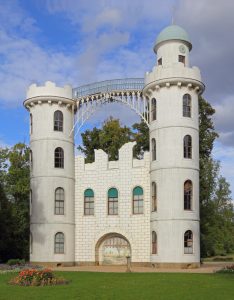
The exotic Peacock Island is easily reached from Wannsee and yes, there really are peacocks. Friedrich Wilhelm II introduced them to enhance the little island where be built a summer house for his mistress, the pretty ‘white palace’ you can still visit today. The island is a lovely place for a walk or a picnic – there are no cafes – and you might come across the ‘Luisentempel’, a tribute to the popular Queen Louise who died in 1810, still in her thirties.
The Nazis chose Peacock Island as the venue for an exotic party to woo foreign dignitaries as a finale to the 1936 Berlin Olympics. And the novelist Theodor Fontane wrote fondly of visiting the ‘fairy-tale island’ as a child: ‘a palace, peacocks sitting high up on a branch or fanning out their tails, fountains, shady lawns, winding paths running in all directions, but leading nowhere in particular’.
The Palace of Glienicke
Glienicke Palace is a 3 minute walk from Glienicke bus stop – take a 316 from central Berlin. This idyllic palace was built by Prince Carl in the 1820s, inspired by his recent visits to Italy. Hence the colourful palace rooms (the Red Hall, the Green Salon, turquoise in the bedroom, midnight blue for the library) and lovely grounds. The garden courtyard has a Mediterranean feel with its pergolas, antique decorations brought from Italy and gilded lion fountain based on one at the Villa Medici in Rome. Wander the grounds and you may come across the ‘casino’, built for holding summer parties, or the ‘big and small curiosities’, namely a tea-room and pavilion where Prince Carl could entertain his guests. There is also a ‘Court Garden Museum’, the only one of its kind in Europe, where the history of royal gardeners and their methods over three centuries is explained.
The Bridge of Spies
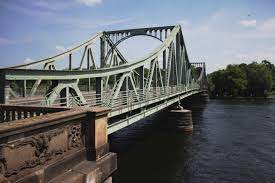
Across the River Havel, just on the edge of the grounds of Glienicke Palace, stands the Glienicke Bridge, used as a place for prisoner exchanges during the Cold War, and made famous in Steven Spielberg’s 2015 film, Bridge of Spies. It was in the middle of this bridge that the scene at the climax of the film took part in real life in 1962: the Russian spy Rudolf Abel was handed back to the Soviet Union in exchange for Gary Powers, an American pilot who had been shot down and captured by the KGB.
The Wannsee Conference House
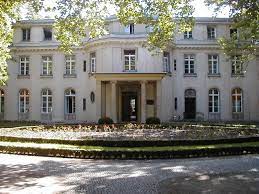
A few stops on a 114 bus from Wannsee will take you to the Wannsee Conference House, a lakeside villa snapped up by the Nazis and used to hold the conference in January 1942 at which they planned the notorious ‘Final Solution’, that is the extermination of the Jews in Europe. At first, it’s hard to recognise this macabre truth because of the villa’s elegance and beautiful setting, but the exhibition inside does a good job of explaining what happened here and the dreadful consequences which followed. You can even see the minutes of the fateful meeting which were later used as evidence at the Nuremberg trials.
The Liebermann Villa
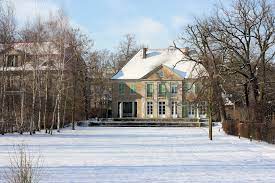
Also on Lake Wannsee is the Max Liebermann Villa, where the artist lived and worked, and which he called his ‘castle on the lake’. Today it is a museum where you can visit his studio, see a number of his paintings and enjoy a multi-media presentation on his life and work. Liebermann was a Berliner, born in 1847 and his art bridged the naturalist and impressionist movements, consisting mainly of landscapes and paintings of nature. He founded the Berlin Secession Movement and staged exhibitions featuring, among others, Picasso and Matisse. By the 1920s he was a much-respected President of the Berlin Arts Committee, but, as a prominent Jew, was forced to resign his post and leave his villa which the Nazis confiscated. He returned to Berlin, where he died in 1935, by then in his late eighties.
Two Lakeside Suicides

The double grave of the poet and playwright Heinrich von Kleist and his friend Henriette Vogel is on the banks of the Kleiner Wannsee. They committed suicide here in 1811, he from despair at his lack of success and money worries and she because she was suffering from terminal cancer. You can visit their grave (directions here) and rent an audio guide which explains how the two took a walk to this clearing one autumn afternoon, drank coffee, wine and rum before, as they had agreed, Kleist shot first Henriette and then himself. On their gravestone are the words ‘Now, immortality, you belong to me.’
More Berlin Lakes

This post focuses on the Wannsee, but there are many other lakes around Berlin which are popular day trip destinations. Here are just a few of the most visited ones.
– Dämeritzsee: only 30 minutes by S Bahn Line 3 from Alexanderplatz, popular for boat trips and fishing
– Schlachtensee: take the S1 out here for swimming, walks and a beer garden
– Müggelsee: take the S3 to Friedrichshagen, then a tram to Strandbad Müggelsee for surfing, boating, swimming and beach volleyball
– For more ideas, see Visit Berlin’s post: ’The Top 11 Lakes for Swimming in Berlin’.
Listen to the podcast
Links for this post
Lake Wannsee
Lake Wannsee Lido
Peacock Island Castle
Glienicke Palace
Glienicke Bridge
Wannsee Conference House
Max Liebermann House
The grave of Kleist and Vogel
Berlin’s top lakes for swimming
Last Updated on July 20, 2024 by Marian Jones

